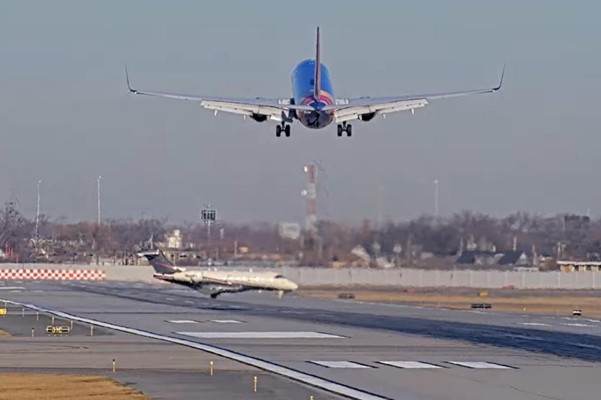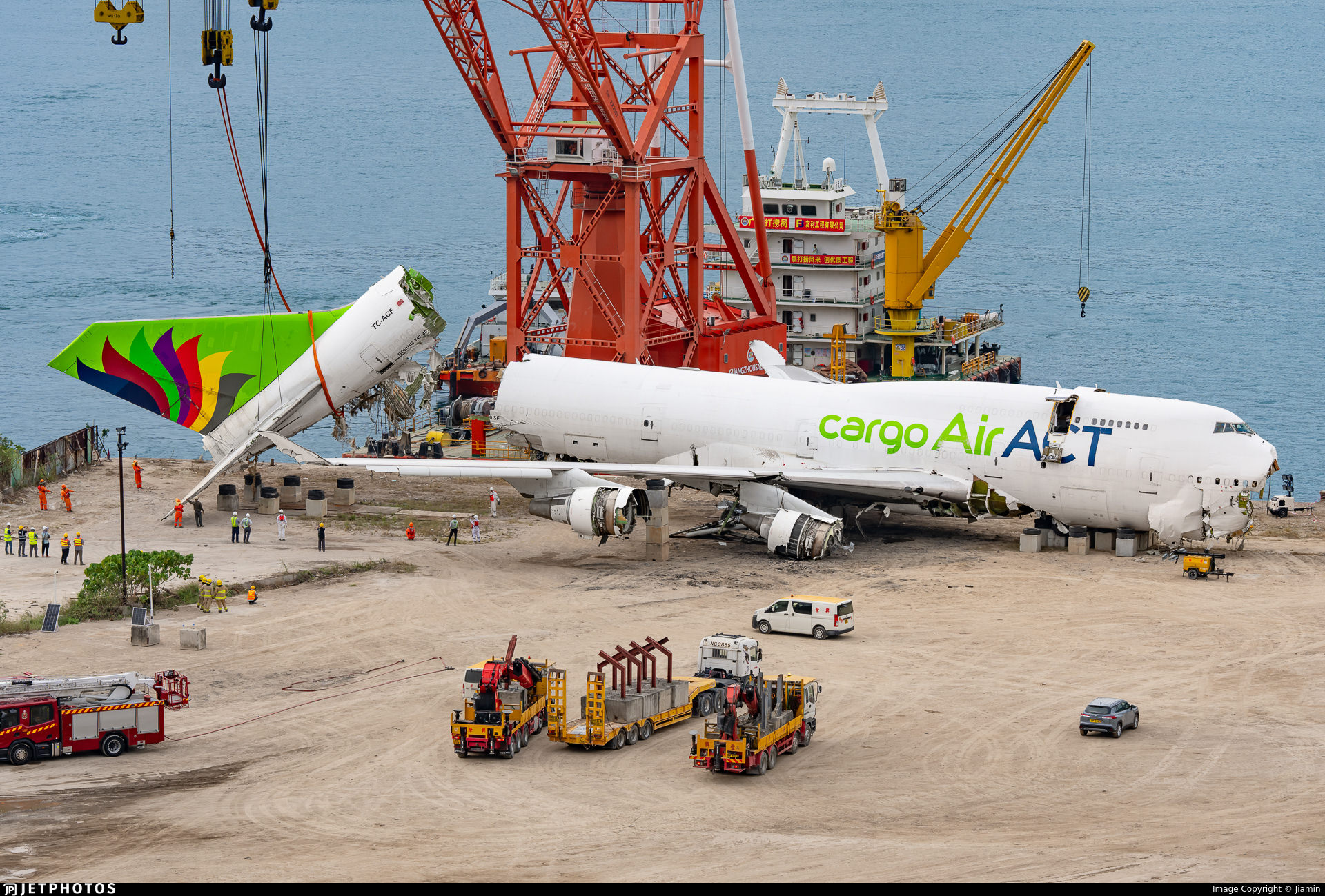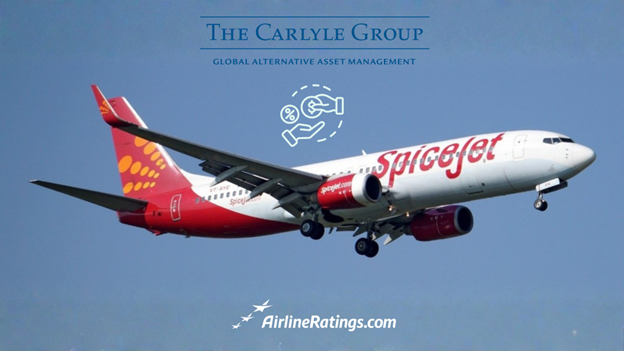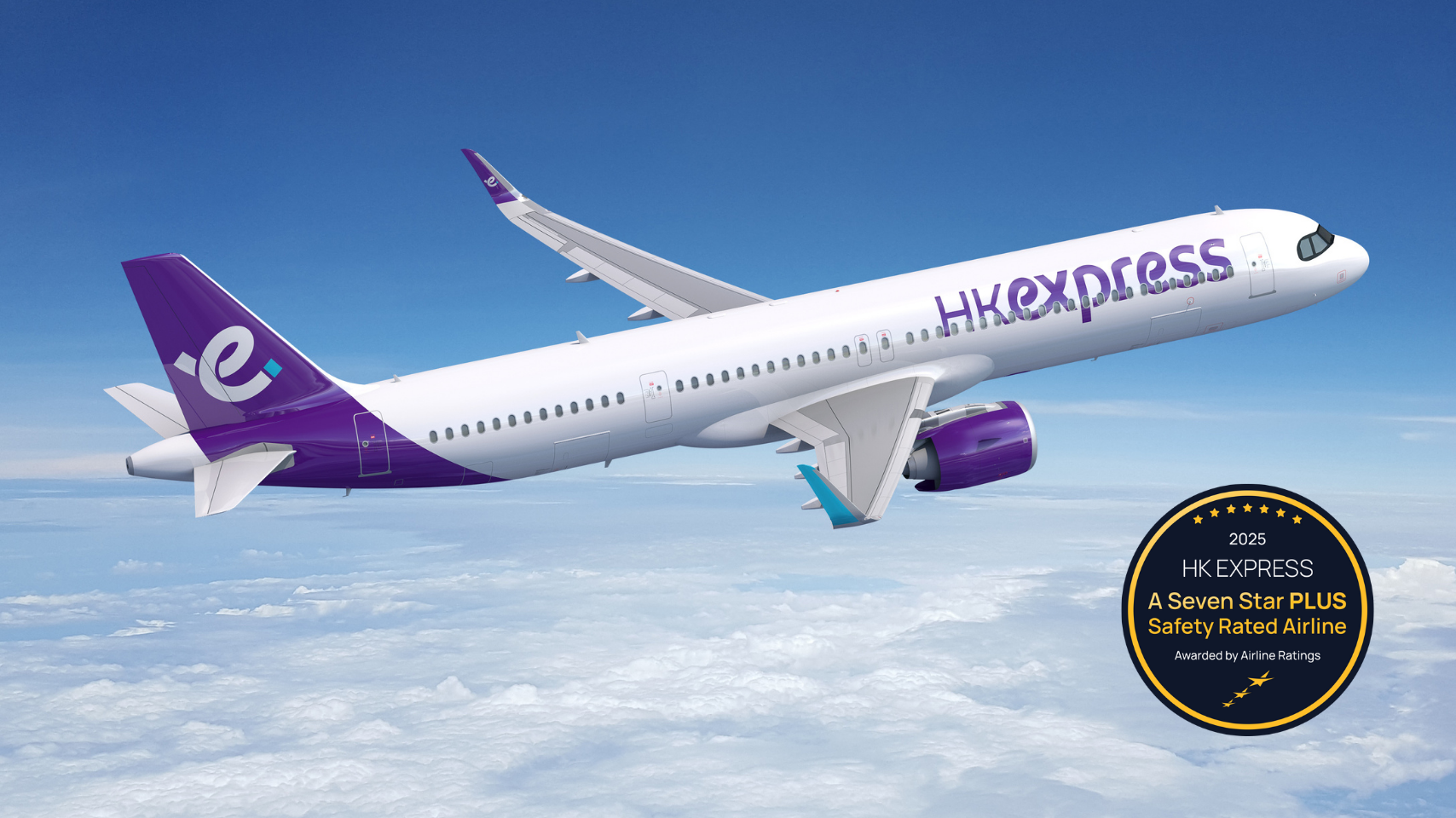
By Josh Wood
Published Thu Nov 27 2025
Runway incursions impose significant risk to airlines and with the ever expanding industry, the number of aircraft will only increase. In recent years, there have been several high-profile runway incursions which have made headline news, highlighting the importance for a higher level of situational awareness to the safety threat.
Honeywell Aerospace, a division of Honeywell International based in Phoenix, Arizona, is a leading provider of aircraft systems and technologies. Its products include flight management systems, auxiliary power units (APUs), and advanced safety solutions such as TCAS (Traffic Collision Avoidance System) and RAAS (Runway Awareness and Advisory System). Serving commercial, business, and defence aviation, Honeywell continues to drive innovation in connectivity, sustainability, and next-generation propulsion.

Honeywell’s SURF-A (Surface Alert) is a cockpit alerting software designed to enhance runway safety by detecting potential incursions up to 30 seconds in advance. It uses GPS, ADS-B, and analytics to monitor surrounding runway and taxiway traffic in real time. When SURF-A identifies another aircraft or vehicle on a collision course with the runway, it delivers direct aural and visual alerts to pilots inside the cockpit, bypassing the delay inherent in systems that only alert ground control. It is designed to be integrated via software updates to Enhanced Ground Proximity Warning Systems (EGPWS) and to complement systems like TCAS.
In February 2025, a Southwest Airlines Boeing 737-800 was forced to abort its landing at Chicago Midway Airport after a Bombardier Challenger 350 business jet crossed the active runway without clearance. The two aircraft came within around 200 feet of each other before the Southwest flight executed a go-around. This incident highlights the risks of runway incursions and how systems like Honeywell’s SURF-A could help, providing pilots with real-time alerts of conflicting traffic on or near the runway before such critical moments occur, especially during low visibility operations.
On the evening of 21 September 2025, a Nouvelair Airbus A320 approaching Nice Airport mistakenly aligned with runway 04R instead of its cleared runway 04L, directly above an easyJet A320 that was lined up for departure on 04R. The arriving jet descended to about 50 feet above the runway, triggering a go-around at the last moment. Both aircraft avoided collision, but the incident highlighted how even under good visibility, runway confusion and human error can create extremely dangerous proximity scenarios.
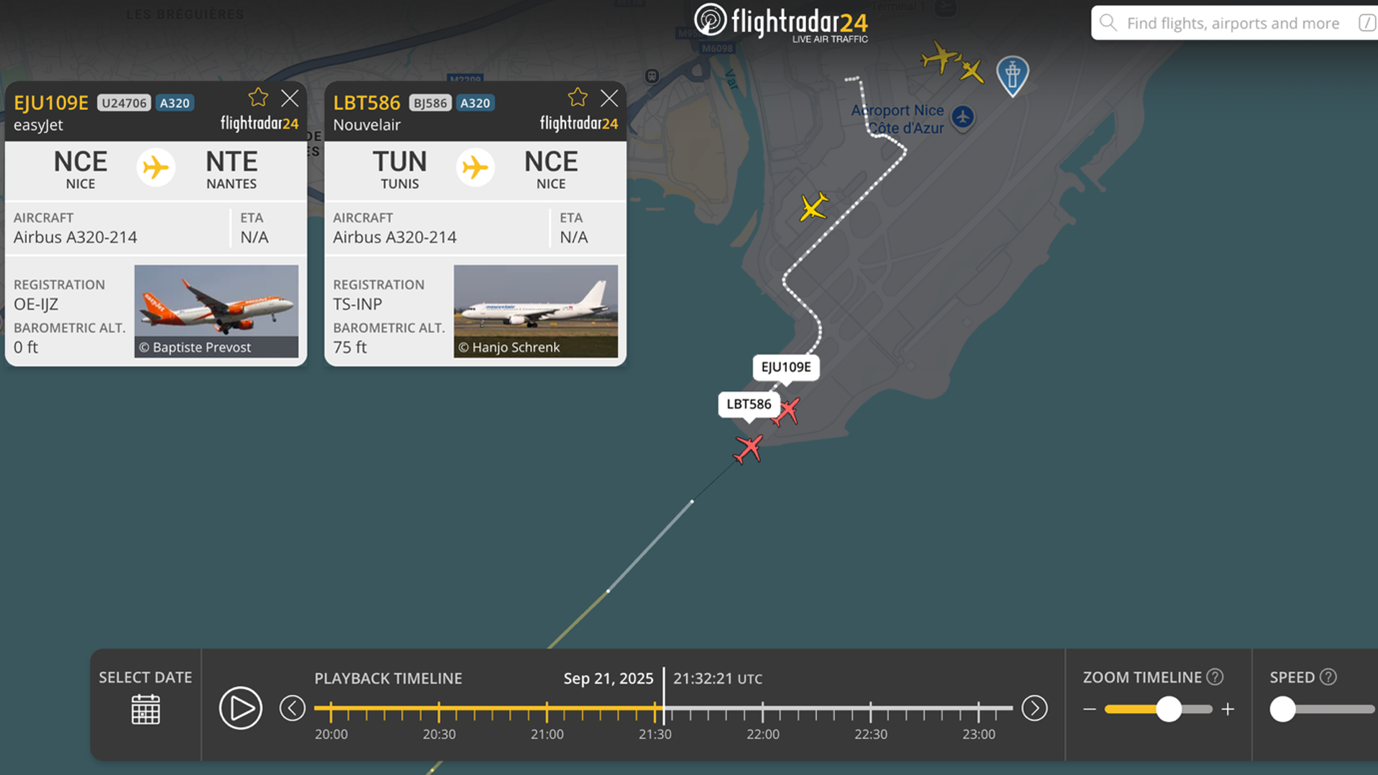
By combining GPS, ADS-B, and real-time runway mapping data, SURF-A provides immediate aural and visual alerts directly to flight crews when potential surface conflicts are detected. In Chicago, where a business jet crossed an active runway as a Southwest 737 was landing, the system could have warned both crews of the conflict well before the aircraft came dangerously close. Likewise, at Nice, when a Nouvelair A320 mistakenly lined up with the same runway as an easyJet aircraft preparing for departure, SURF-A would have detected the misalignment and issued timely alerts to both cockpits, helping to avoid the near-collision. In both cases, SURF-A’s proactive detection capabilities could have offered pilots the critical seconds needed to respond safely.
As the aviation industry continues to grow, the challenge of managing increased runway traffic demands proactive safety innovation. Honeywell’s SURF-A represents a significant step forward in giving pilots the critical information they need in real time, directly to the flight deck. By enhancing situational awareness and reducing the reliance solely on ATC instructions, this technology could play a pivotal role in preventing future runway incursions. With near miss incidents continuing to occur even at major airport, the adoption of advanced alerting systems like SURF-A marks a necessary evolution in the industry’s commitment to operational safety and the protection of passengers and crew
